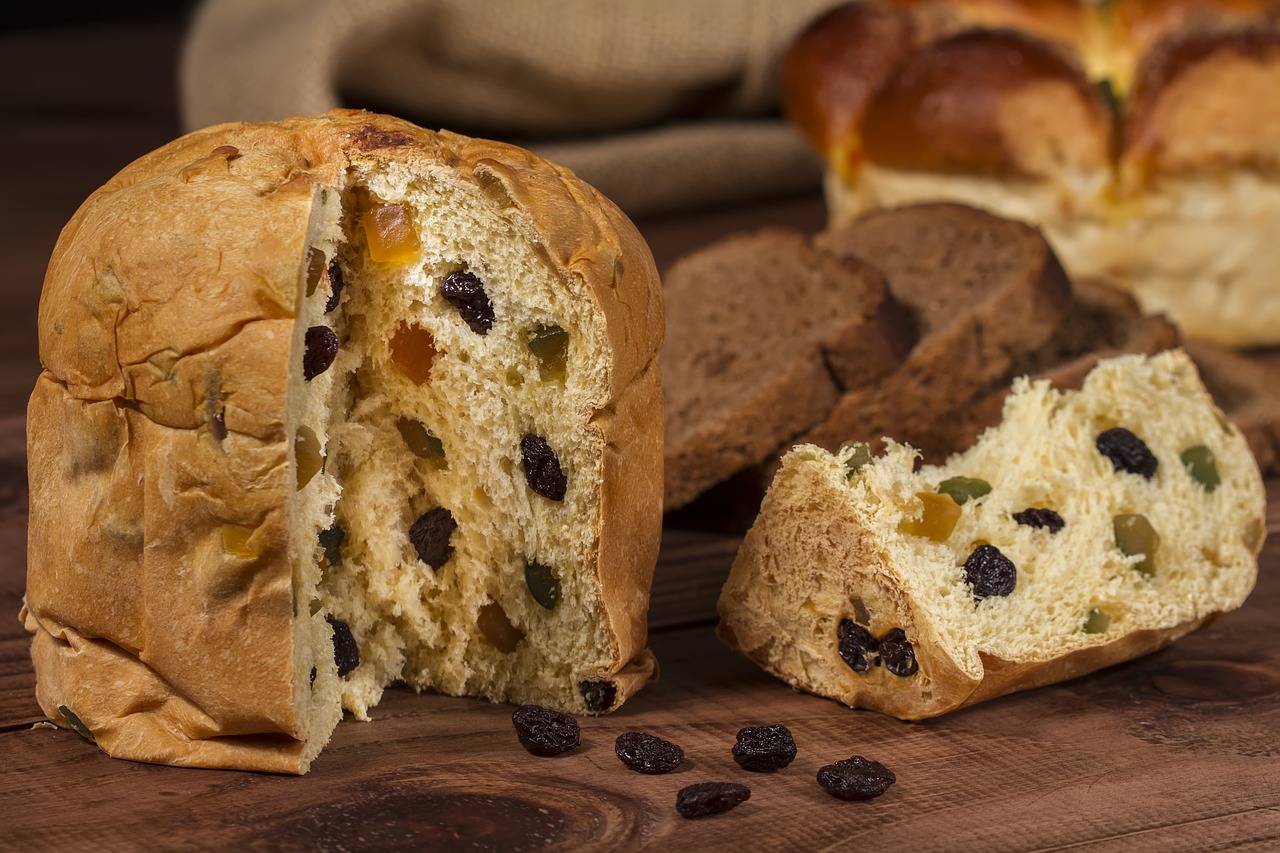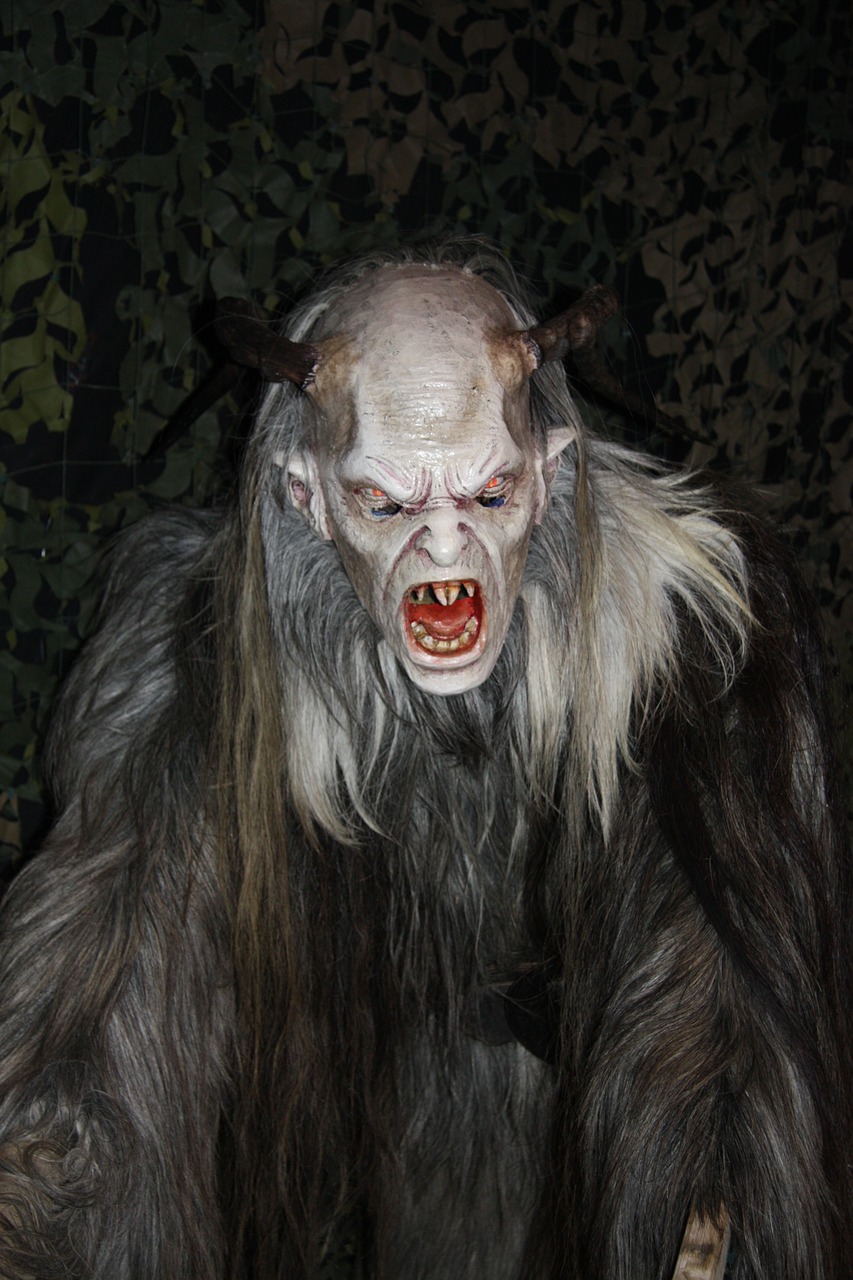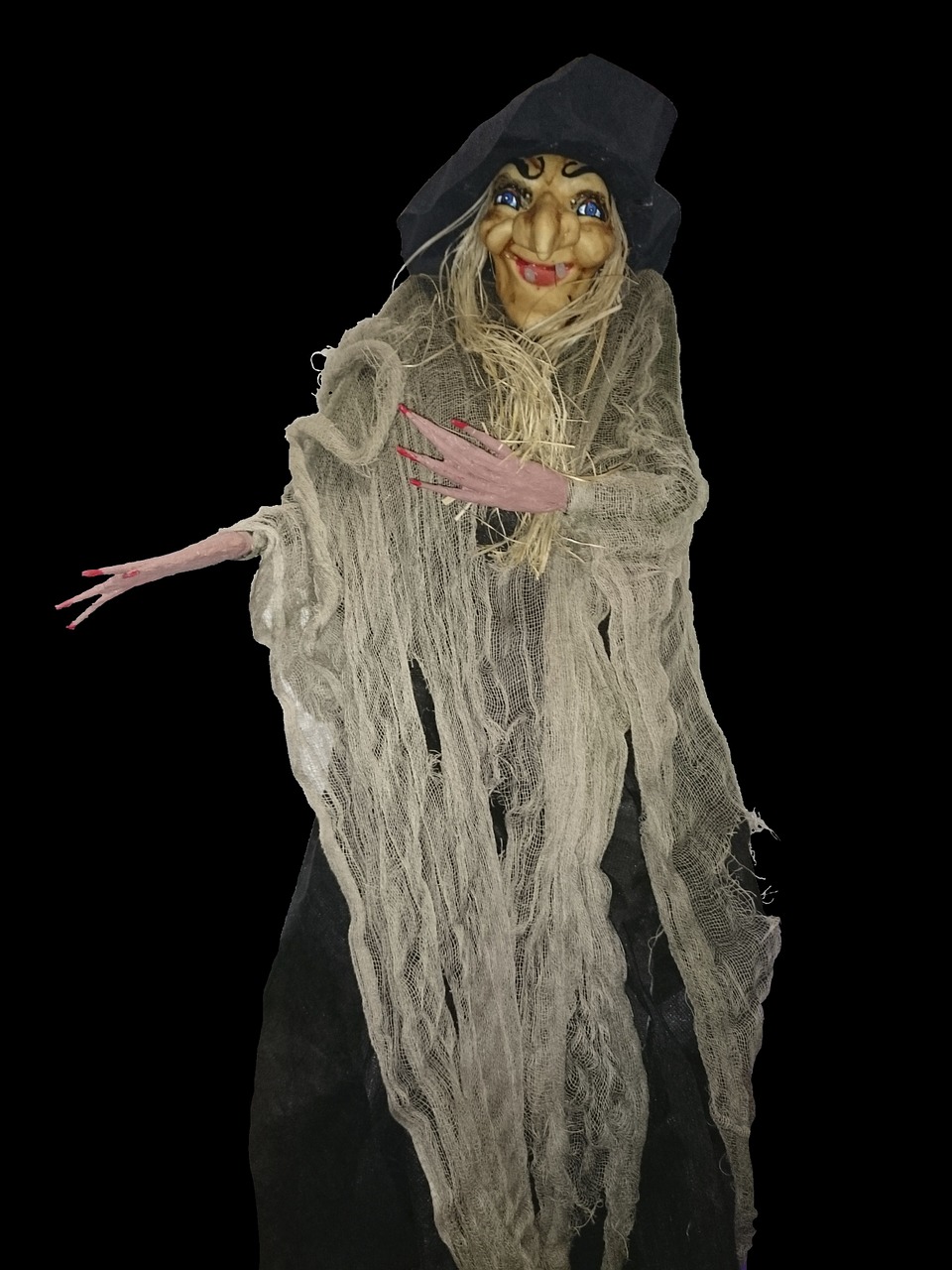Christmas is one of the most adored holidays by both children and adults, as well as one of the most surprising, because it is celebrated differently all over the world. Let’s take a look at the Italian Peninsula.
By Alessandra Ivaldi / 23.12.2017
Find more Christmas related texts here.
In Italy, the Christmas period starts on the 8th December – the day when the Immaculate Conception is celebrated. Schools and offices are closed and Italians spend the day decorating their houses, putting up the Christmas tree and the nativity scene (or ‘manger scene’). The latter represents a very important tradition, as it is a uniquely Italian creation: the first nativity scene was actually staged in 1223 by none other the Saint Francis of Assisi.
Their nativity scenes can be small representations of the ‘Sacra Famiglia’ (the Holy Family: Mary, Joseph and Jesus), or they can be of a larger scale, with lots of moss to form the base of the scene and model grottos made of carved wood. Inside these grottos small statues are inserted, depicting the shepherds, the Three Wise Men, Joseph and Mary, the ox and the donkey… and of course Baby Jesus, whose tiny statue is inserted in the nativity scene only on Christmas Day. This is to show that the long-awaited event, the Birth of Christ, has just arrived.

Presepe. Photo: Pixabay
In addition to these, there are the ‘living’ nativity scenes that occupy entire villages for many days. Locals dress up in traditional clothes and everyone plays a particular part, in such a way as to recreate the manger scene’s natural characteristics and atmosphere. There are the shepherds, shopkeepers with a variety of professions, musicians and, naturally, the Holy Family. These events are particularly enchanting, as the beauty of particular Italian countryside landscapes combines with the magical, ancient atmosphere of Christmas.
On the 24th December, Christmas Eve is celebrated. Families get together and in many regions spend the day eating together. In the south of Italy, the ban on eating meat in the days coming up to Christmas is still followed, so the menu on the 24th December consists of fish-based dishes. For example, in the south-eastern region, Puglia, one traditional Christmas Eve dish is rice with mussels and potatoes.
Tradition dictates that newly reunited families spend midnight playing table games, such as card games or ‘tombola’, an Italian version of bingo. After, the more religious families attend the Midnight Mass, celebrated during the night between the 24th and 25th December. It is still a very sentimental event, and in some regions can last up to two hours.
On the morning of the 25th, children jump out of bed anxious to unwrap their presents, gifted by ‘Babbo Natale’ (Father Christmas), or by Baby Jesus. In fact, in Italy there are many ‘elected’ figures who deliver gifts to children during the Christmas period. One of the most curious traditions is of the Christian martyr, Santa Lucia, who on the night between the 12th and 13th December brings presents to children in specific regions, primarily in the north of Italy. In other areas, children receive their presents on the morning of the 6th December, after Saint Nicholas goes from house to house with his bundle of gifts…
Whether it’s Father Christmas, Saint Nicholas or Santa Lucia, the tradition of setting the table for the special night-time guest remains. Children all over Italy set the table before going to bed, leaving milk and biscuits for the bearer of gifts, as well as carrots for Father Christmas’ reindeer or Santa Lucia’s little donkey. Her donkey doesn’t just bear toys, but also sweets such as a chocolate common in Piedmont known as Cri Cri, which is sometimes referred to as “caramelle di Santa Lucia” (Santa Lucia’s sweets). What makes this curious, is that Santa Lucia isn’t included in Piedmont’s tradition (but she apparently appreciates the region’s sweets)!
As far as sweets are concerned, Italy is famous for its variety: in the southern regions we have almond pasta in the shape of ‘pesci’ (fish) or ‘agnelli’ (lamb), ‘struffoli’ from Naples and its so-called cousin, ‘purcedduzzi’ (literally ‘little pigs’). Struffoli are balls of pasta, made with flour, eggs, lard, sugar and star anise liqueur. This is all fried in oil and then dipped in hot honey. They are then decorated with pieces of citron or other candied fruit, sugar, and coloured sprinkles. Purcedduzzi are also a type of pasta ball, flavoured with orange. These are also fried, then rotated in boiling honey and decorated with little tails made of sugar or chocolate. It is traditional to prepare them in large quantities and give them out as gifts to friends and relatives.
Going back along the boot of Italy, towards the central regions, we find ‘panpepato’ instead: a round dessert made from dough mixed with almonds, dry fruit, honey, cinnamon, candied fruit and in some cases cocoa powder, coffee beans, liqueur… There is no single recipe for this dessert, as every family has its own tradition.

Panettone. Photo: Pixabay
Other Christmas delicacies include doughnuts coated with sugar, and ‘panettone’ – a dessert originating in the north of Italy that by now has spread internationally. Of course, we must not forget ‘pandoro’, which is another dessert originating in the north that is now famous all over Italy.
Pandoro and panettone also exist in many different varieties. For those with a sweet tooth extra chocolate can be added, or different types of cream, powdered sugar or sugar sprinkles to decorate with, as well as the traditional candied fruit in the panettone dough.
To conclude this quick ‘overview’ of the Italian Christmas delicacies, we cannot forget the ‘vin brulé’, a hot, wine-based drink with sugar and aromatic spices. A true and proper must from the Christmas markets.
The 25th and 26th December are dedicated to the family, according to tradition. Relatives get together for large lunches… However, food isn’t everything – we do have other traditions in Italy. Between the 5th and 7th December in the two regions Trentino-Alto Adige and Friuli Venezia Giulia, the streets are invaded by parades of the Krampus, frightening devils who look for bad children to be punished.

Krampus. Photo: Pixabay
In central Italy we find a less gloomy tradition – the ‘zampogne’ (Italian bagpipes) and the zampognari (that is, the bagpipe players). These are an ancient musical instrument, often present in the living nativity scenes and at other Christmas celebrations.

Befana. Photo: Pixabay
One final tradition concerns the closing of the Christmas period on the 6th January, when children receive new presents, mostly sweets, which are brought to them in the night by ‘Befana’ – a lively old woman in worn-out clothes riding a flying broomstick. To good children, she brings sweets and toys. To bad children, she brings coal, garlic and onions.
Find more Christmas related texts here.





Recent Comments